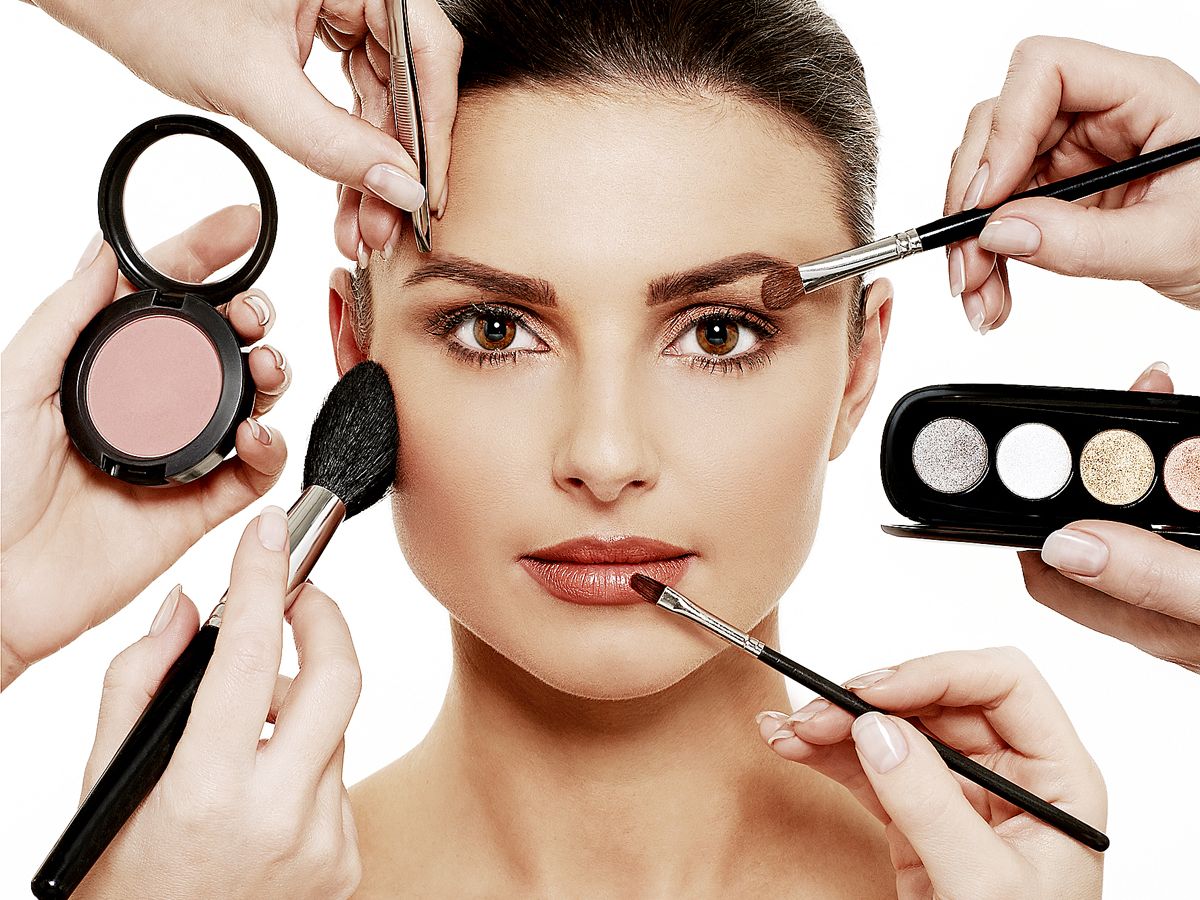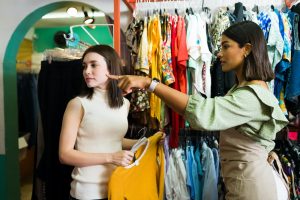
Makeup, in its many forms, has long been more than a mere tool for beautification. It is a form of self-expression, an art, and, for many, a ritual that transcends the cosmetic. From ancient civilizations to the modern runways of fashion weeks, makeup has evolved, but its purpose remains consistently tied to human creativity, culture, and the desire to enhance one’s identity. In recent decades, makeup has transformed from a simple beauty regimen to a powerful mode of artistic expression and empowerment, reflecting not only personal aesthetics but also societal trends and cultural movements.
The History and Evolution of Makeup
The origins of makeup date back to ancient Egypt, where both men and women used cosmetics not just for beautification but also for ritualistic and protective purposes. The famous Egyptian queen Cleopatra is often depicted with striking eye makeup, using kohl to accentuate her eyes and protect them from the harsh desert sun. Similar practices were observed in ancient Mesopotamia, Greece, and Rome, where women used a variety of natural substances like crushed minerals, berries, and clay to enhance their features. These early forms of makeup were rudimentary, yet they laid the foundation for the more sophisticated tools and techniques we use today.
During the Middle Ages, makeup fell somewhat out of favor, particularly in Europe, where the prevailing religious attitudes emphasized modesty. However, by the Renaissance period, a renewed focus on beauty and self-expression led to the resurgence of makeup. In Elizabethan England, women wore stark white powder on their faces, while men used makeup to create a youthful, refined appearance. The 18th century, with its opulent European courts, witnessed the widespread use of cosmetics, particularly among the aristocracy, as a sign of wealth and status.
The 19th and early 20th centuries saw makeup’s journey towards mass accessibility. While makeup was still a symbol of wealth in the early part of the 1900s, the introduction of brands such as Max Factor and Revlon brought cosmetics into the hands of everyday women. The Hollywood glamour of the 1930s and 1940s further propelled the use of makeup, with actresses like Greta Garbo and Marilyn Monroe becoming iconic symbols of beauty, their faces often epitomizing the trends of the era. This period marked the beginning of makeup as a product tied not just to aesthetics but to the allure of celebrity and the fashion industry.
The Rise of Makeup as Self-Expression
By the 1960s and 1970s, makeup began to take on a deeper significance. The counterculture movement and the rise of the feminist movement introduced new ways of thinking about beauty, self-worth, and empowerment. Makeup became a way for individuals to redefine what beauty meant on their own terms, breaking away from traditional standards and embracing new looks, often characterized by bold colors and unconventional styles. The use of makeup as an artistic form flourished during this period, with icons like David Bowie and Twiggy challenging conventional gender norms and beauty standards.
In the 1980s, makeup truly became a global industry. Brands and trends blossomed, and cosmetics began to be marketed not just as products to enhance appearance, but as tools for self-transformation. The use of makeup in pop culture was omnipresent—Madonna’s bold lipstick, Cyndi Lauper’s eccentric eyeshadows, and the rise of supermodels like Cindy Crawford and Naomi Campbell all emphasized the diverse and personal ways makeup could be used. The glam rock era and the rise of hip-hop culture further solidified makeup’s position as an emblem of power, individuality, and self-expression.
Today, makeup is everywhere. From the rise of YouTube beauty tutorials to the explosion of Instagram influencers showcasing artistic face designs, makeup has become a powerful form of personal branding. The industry has shifted dramatically towards inclusivity, with makeup brands offering a wider range of products to suit all skin tones, facial features, and identities. What was once seen as a tool for conformity has evolved into a medium for creative freedom, allowing individuals to showcase their personality and enhance their features as they see fit.
The Makeup Industry: A Billion-Dollar Empire
The makeup industry, now a multi-billion-dollar empire, has experienced an explosion of innovation and growth in recent decades. With a vast range of products available, from foundations and concealers to eye shadows, lipsticks, and mascaras, makeup has become an essential part of the daily routine for millions around the world. The evolution of formulations, such as the introduction of long-wear, waterproof, and cruelty-free makeup, has led to even greater versatility and accessibility. In recent years, skincare-infused makeup has also gained prominence, as brands aim to combine beauty and skincare benefits in a single product.
One of the most significant developments in the makeup industry has been the democratization of beauty. What once required a trip to a specialty store or high-end department store is now available to everyone through online platforms, drugstores, and a host of e-commerce websites. Social media has further fueled this accessibility, with influencers and makeup artists regularly sharing tutorials, product reviews, and new looks. Makeup is now a part of the broader cultural conversation, with consumers actively engaging with brands, discussing trends, and participating in a global beauty dialogue.
Additionally, the emphasis on diversity has led to a seismic shift in the makeup industry’s focus. Brands are now celebrating and representing a much broader range of beauty, not just in terms of skin color, but also body size, age, gender identity, and disability. The representation of these different groups in advertising campaigns, as well as the increasing availability of products specifically tailored for various skin tones and concerns, marks a crucial step towards a more inclusive and authentic portrayal of beauty.
The Psychological and Emotional Impact of Makeup
Makeup’s impact on the psyche is profound. For many, it serves as a form of self-care and empowerment. The act of applying makeup can feel like an intimate ritual, allowing an individual to take time for themselves, set the tone for their day, or prepare for a special event. It is often a tool for confidence-building, enabling people to present themselves in ways that feel more aligned with their inner identity.
For others, makeup serves as an armor, helping them face the world with an enhanced sense of self-assurance or even a completely new persona. Drag queens, for example, have long used makeup to transform into larger-than-life characters, exploring identity and performance in ways that challenge societal norms. This notion of makeup as a transformative tool is also prominent in the world of special effects, where artists create prosthetics, scars, and other effects that help tell a story or evoke a specific emotion.
However, makeup also has its darker side. The pressure to conform to unrealistic beauty standards, often perpetuated by social media and advertising, can lead to body image issues and insecurity. This paradox—the empowerment makeup can provide versus the societal pressures it may impose—highlights the importance of fostering a healthy, balanced relationship with beauty. It is crucial to view makeup as an accessory to self-expression, not a means of achieving perfection or conforming to an idealized image.
The Future of Makeup: Trends and Innovations
As we look to the future of makeup, it’s clear that technology will continue to shape its evolution. Augmented reality (AR) and virtual try-on tools are already revolutionizing the way consumers engage with makeup, allowing them to visualize products on their faces before making a purchase. This technology is also playing a significant role in reducing product waste, as users can try out different shades and looks virtually before committing to a purchase.
Sustainability is another key trend that is set to redefine the makeup industry. Consumers are increasingly seeking brands that prioritize eco-friendly packaging, ethical sourcing, and cruelty-free ingredients. In response, many makeup companies are rethinking their production processes, incorporating biodegradable materials and developing products that align with consumer demand for environmentally responsible beauty solutions.
Furthermore, the demand for personalized beauty experiences is on the rise. Custom formulations and tailored skincare routines are becoming more commonplace, as brands recognize that every individual’s skin is unique and that one-size-fits-all solutions are no longer sufficient.
Conclusion
Makeup is far more than a cosmetic enhancement—it is a multifaceted expression of artistry, culture, and identity. From its ancient beginnings to its current status as a global industry, makeup has evolved into a profound tool for self-expression, creativity, and empowerment. As trends shift and technology advances, the future of makeup promises even more opportunities for innovation, inclusivity, and sustainability. Yet, at its core, makeup will always remain a personal canvas—a means of showcasing individuality, creativity, and the beauty of human expression.



